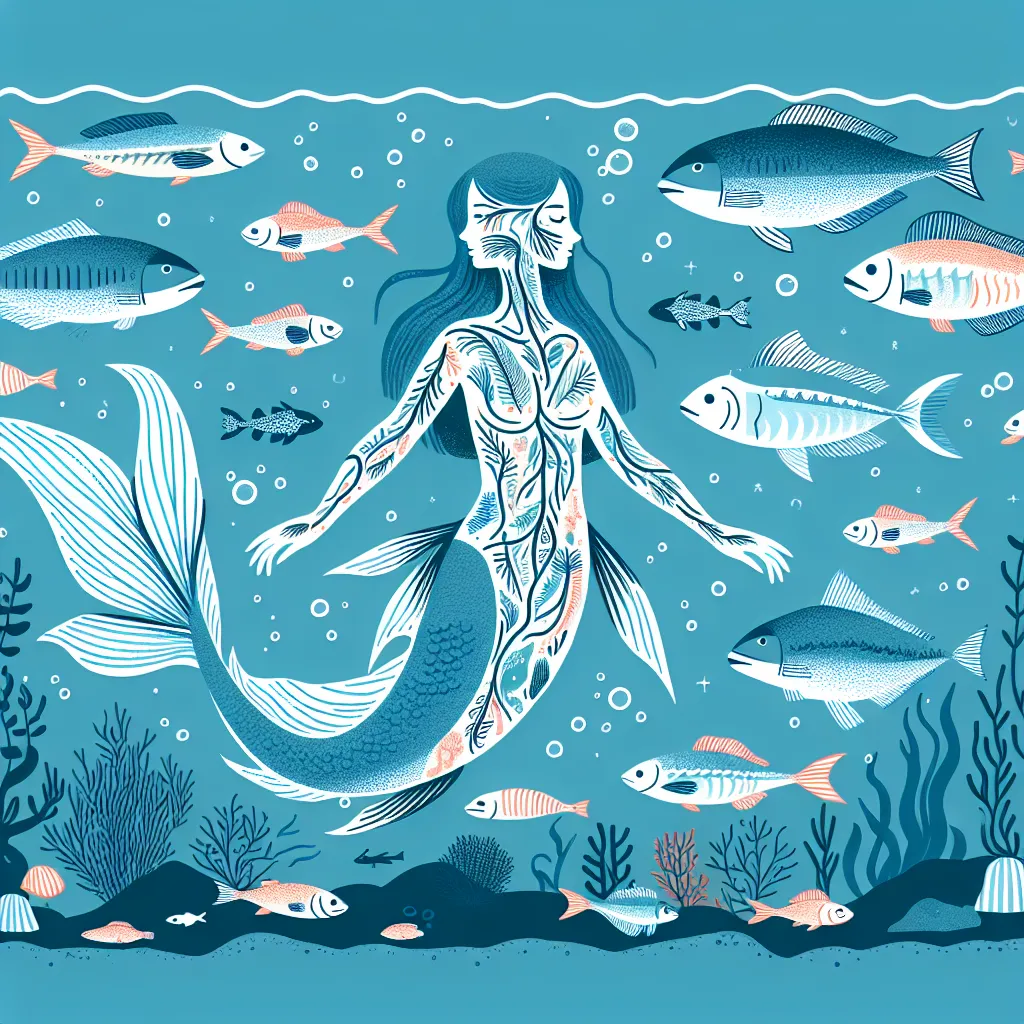Ask AI on The Internet
Question: Is the bunyip a plausible cryptid to exist?
The bunyip is a creature from Australian Aboriginal mythology, often described as a large, mysterious beast inhabiting swamps, billabongs, creeks, riverbeds, and waterholes. Descriptions of the bunyip vary widely, which is typical for cryptids—creatures whose existence is suggested but not demonstrated by scientific evidence. In considering whether the bunyip is a plausible cryptid, several factors come into play: 1. **Historical and Cultural Context**: - The bunyip has a long-standing place in Aboriginal folklore which might be based on exaggerated tales or interpretations of natural phenomena. - Different tribes had differing descriptions, suggesting the bunyip could represent a range of misunderstood or misidentified animals known to these communities. 2. **Physical Evidence**: - Like many cryptids, there is no tangible, scientific evidence of the bunyip’s existence. The lack of bones, bodies, or ecological signs reduces the plausibility of its existence. - Some theories suggest that early European settlers might have misinterpreted remains of prehistoric animals, like the Diprotodon, a large extinct marsupial, as evidence of the bunyip. 3. **Ecological Considerations**: - Australia's diverse fauna is well-documented, and the discovery of large, unknown animals in well-studied ecosystems is increasingly unlikely. - The environments purportedly inhabited by bunyips (swamps, creeks, etc.) are not typically places where large, unrecorded animals could exist without detection by modern methods. 4. **Modern Analysis**: - Cryptozoologists and enthusiasts still explore evidence and stories, but mainstream science requires rigorous evidence to substantiate the existence of any cryptid. - Current scientific understanding and the absence of reliable encounters or biological evidence suggest that the bunyip is more myth than reality. In conclusion, while the bunyip remains an intriguing element of folklore and cultural history, the current evidence and scientific understanding make it highly implausible as a real, undiscovered animal. However, such mythological creatures often spark curiosity and exploration, contributing richly to the tapestry of local culture and storytelling.
Think your answer is better than the AI's? Post it below.
If you want your question answered by an AI, click here.







Post your own comment: